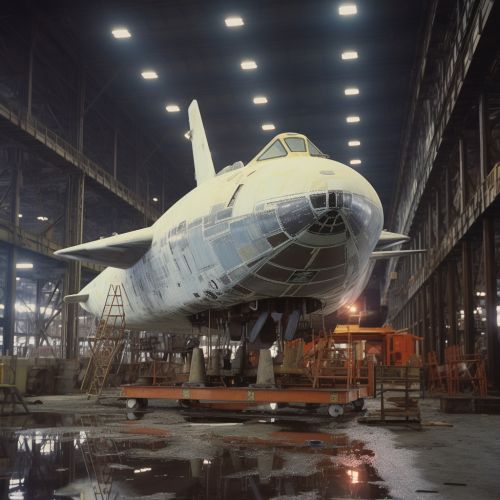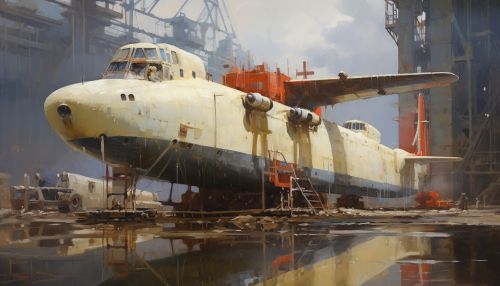Ekranoplan
Introduction
The ekranoplan, also known as a ground effect vehicle (GEV), is a type of aircraft that operates by taking advantage of the ground effect - the increased lift and decreased aerodynamic drag that an aircraft's wings generate when they are close to a fixed surface. This allows the ekranoplan to maintain flight just above the surface of the Earth, making it ideal for high-speed maritime transport.
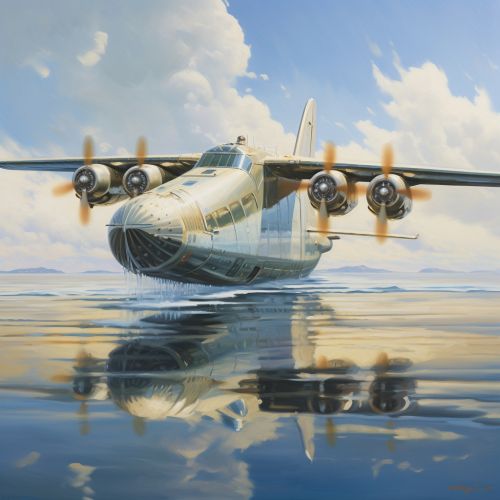
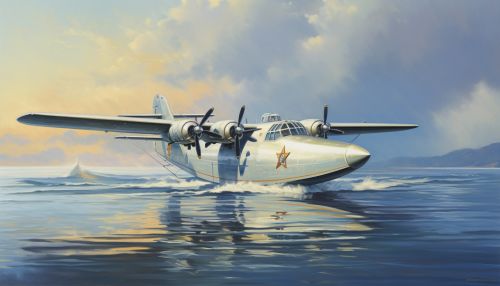
History and Development
The concept of the ekranoplan was first proposed by Finnish aero engineer Toivo J. Kaario in the early 1930s. However, it was the Soviet Union that took the lead in developing these vehicles during the Cold War. The most famous ekranoplan, the Caspian Sea Monster, was designed by Rostislav Alexeyev and was the largest ekranoplan ever built.
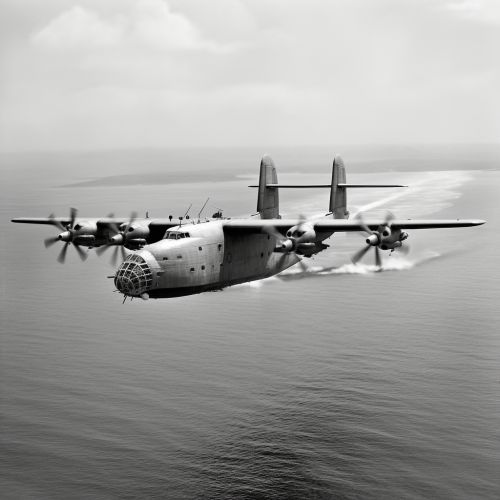
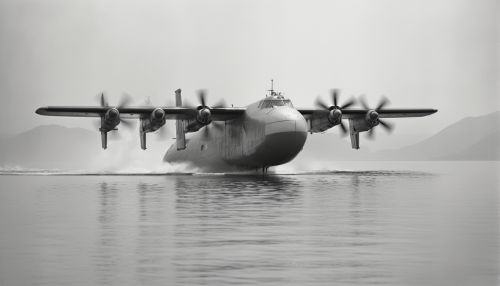
Design and Operation
Ekranoplans are unique in their design and operation. They utilize the ground effect phenomenon to maintain low-altitude flight, typically just a few meters above the water surface. This is achieved by the use of short, wide wings that create a cushion of high-pressure air beneath the vehicle. The ekranoplan's engines are typically mounted on the wings or the body of the vehicle, providing both lift and forward propulsion.
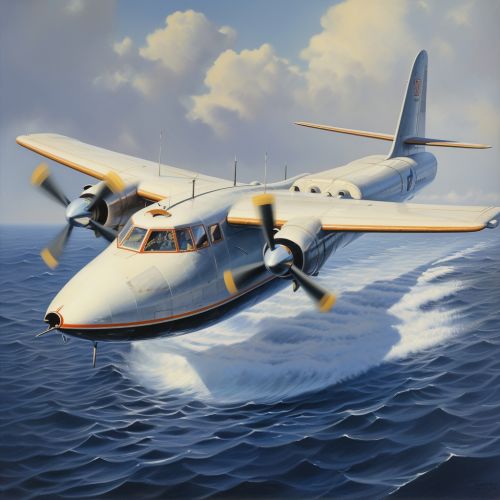
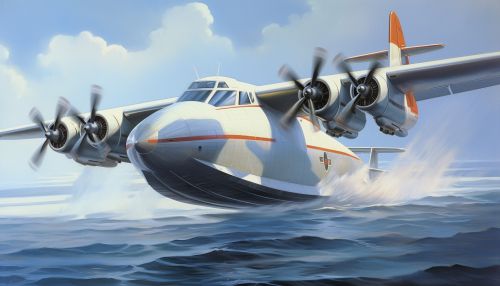
Types of Ekranoplans
There are several types of ekranoplans, classified based on their size and operational characteristics. These include small ekranoplans, often used for sport or recreational purposes, and larger ekranoplans designed for military or commercial use. The latter are often referred to as "sea skimmers" due to their ability to travel at high speeds just above the surface of the water.

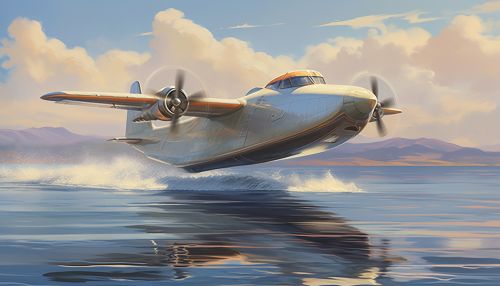
Applications
Ekranoplans have a wide range of potential applications, from fast maritime transport and search and rescue operations to military uses. Their ability to travel at high speeds while remaining undetected by radar makes them particularly suited for military applications. However, their high development and operational costs have limited their widespread use.
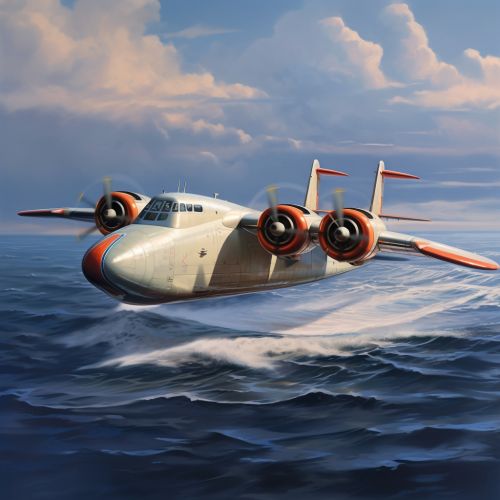
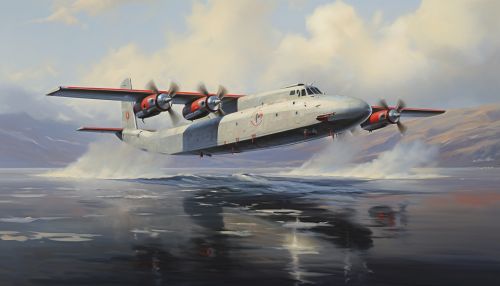
Challenges and Future Prospects
Despite their potential, ekranoplans face several challenges. Their operation requires specific environmental conditions, such as calm seas and open waterways, and they are more susceptible to damage from wave impacts than traditional ships. However, ongoing research and development efforts aim to overcome these challenges and unlock the full potential of these unique vehicles.
